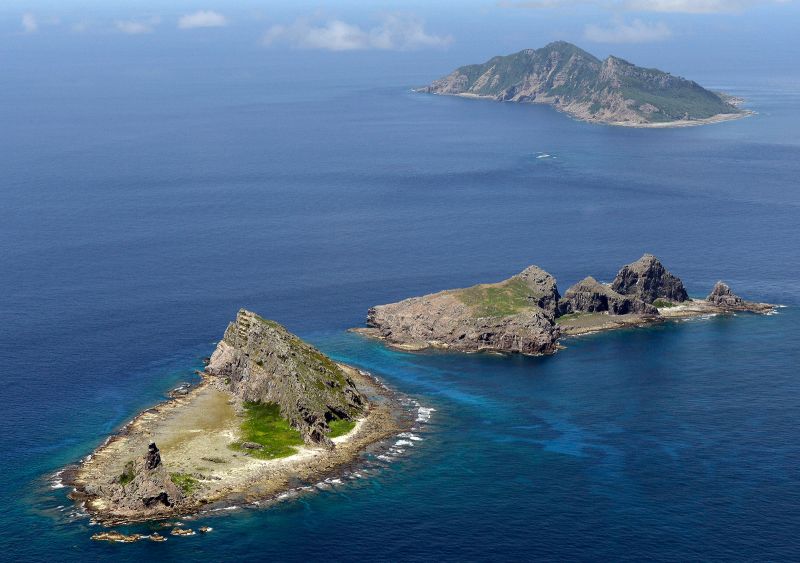In an unprecedented escalation of maritime activities, Chinese ships have been reported to have spent a record amount of time near Japan-controlled islands, according to a recent announcement by Tokyo.
According to the Japanese Defense Ministry, a record 333 days were spent by Chinese vessels in the waters surrounding the Senkaku islands in the East China Sea throughout 2020. This number is significantly higher than the previous year’s figure, marking an exponential increase. The Senkaku islands are a group of uninhabited islands which are currently under Japanese administrative control but are also claimed by Beijing, referred to by China as the Diaoyu islands. This territorial dispute has been a consistent source of tension between the two Asian powers. China’s assertive presence in the region reflects a broader shift in the geopolitical landscape, characterized by the nation’s increasing willingness to assert its territorial claims.
Interestingly, the surge in Chinese maritime activity in these contested seas is not confined to government vessels – the Defense Ministry reported that even fishing boats hoisting the Chinese flag have been spotted cruising near the Senkaku islands. While sometimes perceived as innocent or incidental, these actions are often seen as strategic moves on China’s part to incrementally increase its presence and control over the heavily disputed region.
This frequency of appearance by Chinese vessels near Japanese-controlled islands poses significant implications for both domestic and international spheres. For Japan, it is an immediate concern for national security; on the global stage, it raises serious questions about the stability of relations between China and its neighbors.
The Japanese government has expressed its serious concern over what it views as a grave infringement on its sovereignty. Several diplomatic protests have been lodged over the course of the year, communicating Japan’s disapproval of the provocations and calling on China to refrain from such actions. Nevertheless, the persistent advance of Chinese vessels has only further ignited the underlying territorial dispute, with little effective response from the international community perceived.
An analysis of this situation frightens not only Japan but other nations in the Asia-Pacific region as well. The potential for conflict in the region is exacerbated by the hovering tension between the two nations. Amidst these mounting tensions, it also puts a strain on Sino-Japanese trade relations, which are vital to both economies.
From a broader perspective, the progressive intensification of Chinese naval activities exemplifies a rising trend of China flexing its maritime muscle. This also falls within the pattern of China’s other maritime disputes in the waters of the South China Sea, where it has similarly been engaged in unremitting territorial disputes with multiple countries.
This situation serves as a reminder that the stability of the East China Sea is pivotal for the peace and prosperity of the wider region and the world. It calls for a cooperative and mutual trust-building approach that de-escalates tensions and seeks to resolve disputes amicably. Despite the complexity of the situation, it is imperative to maintain an environment conducive to dialogue and understanding between the two Asian superpowers.
To conclude, the increase of Chinese vessels recorded near Japan’s administrative region signals an escalating situation along fault lines in the East China Sea. As the two powers continue to navigate these treacherous diplomatic waters, the international community will undoubtedly continue to watch with close scrutiny. A peaceful resolution that takes into account respects of international norms and territorial integrity is crucial for the stability of the region.




